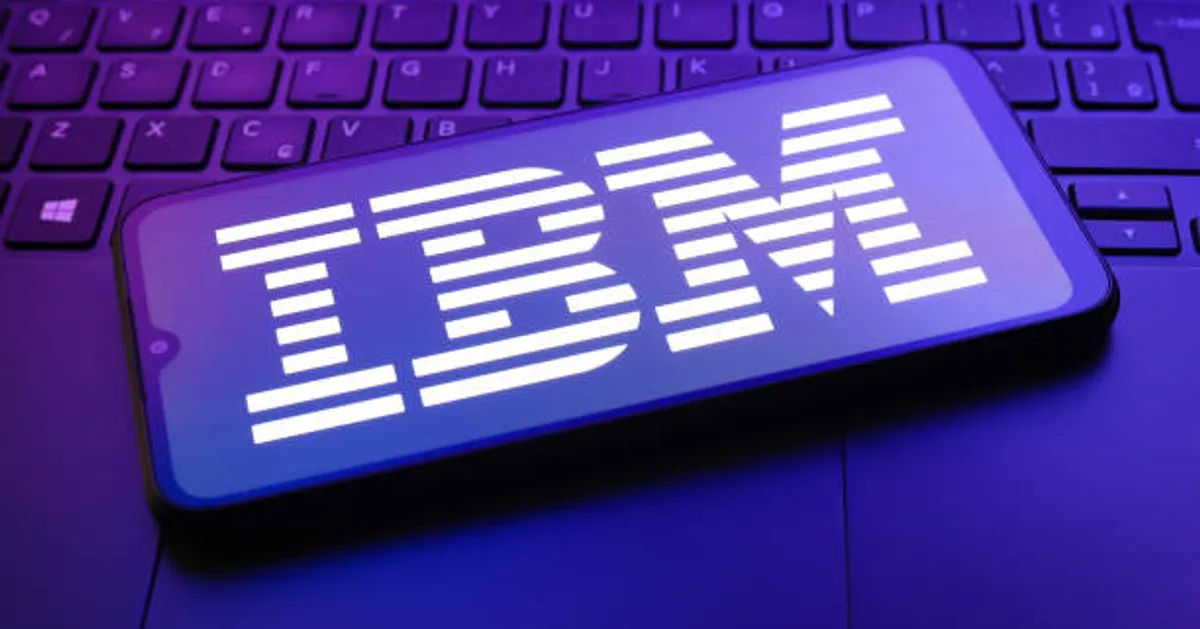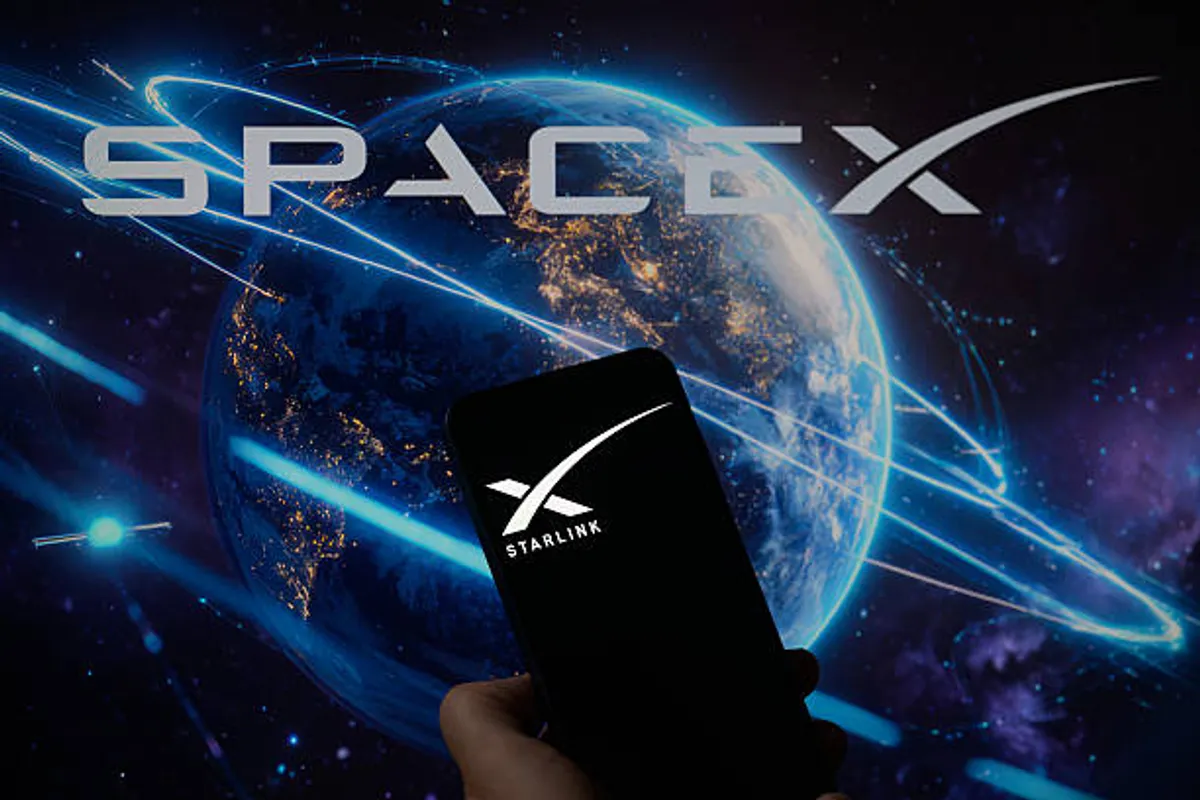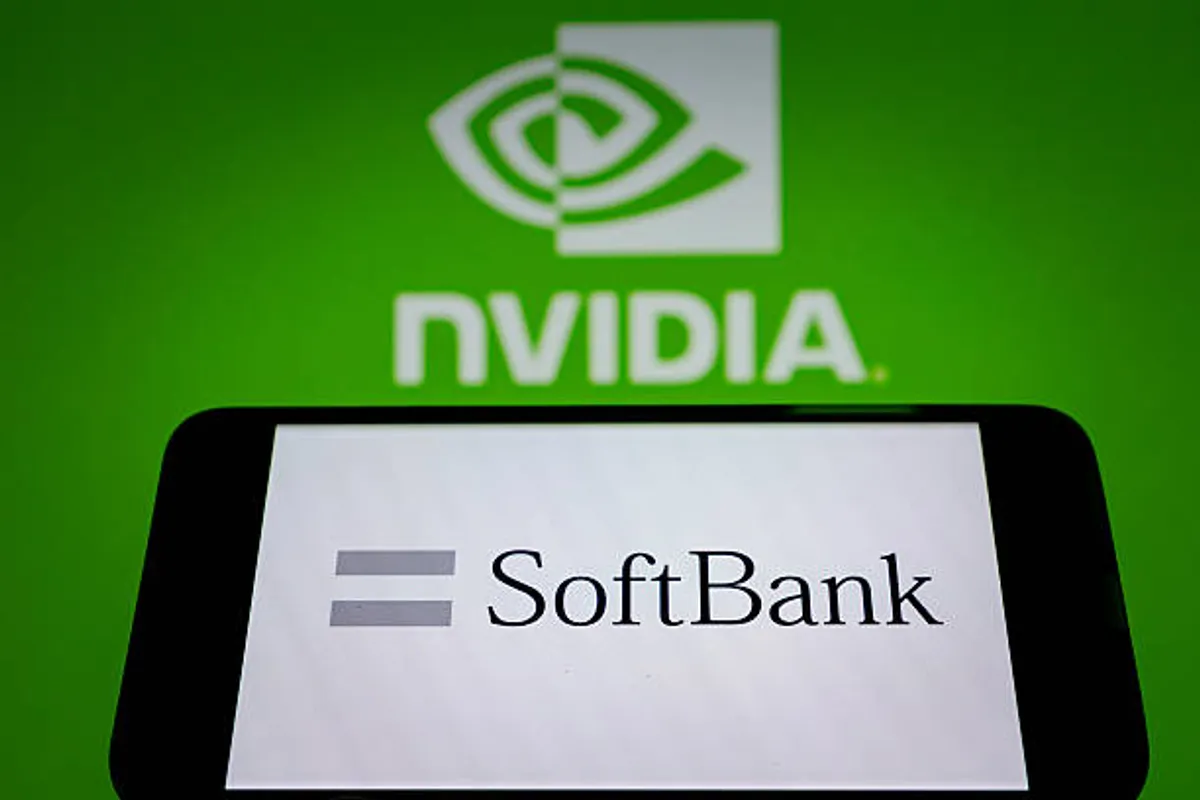
IBM Unveils “Loon” Quantum Chip, Charts Course for Practical Quantum Computing by 2029

GeokHub
Contributing Writer
IBM announced that its new experimental quantum-computing chip, dubbed “Loon,” represents a significant milestone in the company’s roadmap toward delivering a useful, fault-tolerant quantum computer by the end of the decade. The company says Loon incorporates advanced architectures designed for error correction and scalability, boosting confidence in the timeline.
Quantum computers promise to solve problems that classical machines cannot, but a core challenge remains: qubits are highly error-prone and unstable in large-scale systems. IBM’s Loon chip is built with new inter-qubit connections and an error-correction algorithm adapted from methods used in cellphone signal-processing, combining quantum and classical computing elements to suppress faults.
While Loon remains in early stages and is not yet available for external testing, IBM also announced another chip, “Nighthawk,” which is slated for release by end of 2025 and is expected to offer quantifiable advantage over classical computers in specific tasks by end of 2026.
Analysis / Impact:
IBM’s unveiling of the Loon chip underscores that quantum computing is moving from theoretical promise toward engineering reality. The fact that IBM believes it has de-risked key technical challenges signals a shift: the focus is no longer only on scientific feasibility but on turning quantum systems into commercial machines.
For industries across the globe — including in Africa and Nigeria — this trajectory suggests new horizons. Quantum computing has the potential to radically alter fields such as materials science, drug development, logistics optimisation and cryptography. Yet the path ahead is capital-intensive, ecosystem-dependent and still subject to risk. Local markets may need to monitor quantum-safe cryptography, data-centre readiness and talent build-out, even if direct commercial access lies some years away.
Moreover, IBM’s roadmap throws into relief the gap between current quantum systems and fault-tolerant machines. Loon and its successors reflect hardware innovations, but software maturity, application readiness and cost-efficiency remain critical bottlenecks. For investors, technology firms and policymakers, the takeaway is that quantum will likely emerge incrementally — not as a sudden switch-over — and readiness will become a differentiator.








